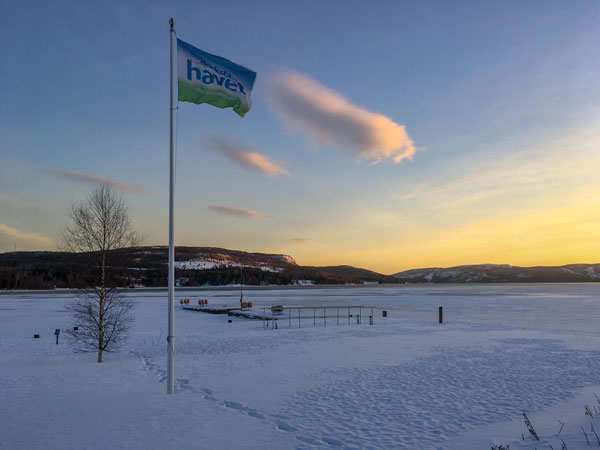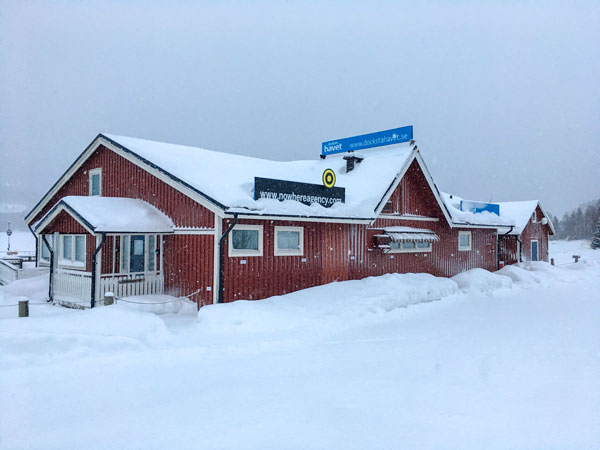photo: courtesy of S/Y Dolphin Dance
High Coast sailors are lucky sailors. Why to choose between the sea and the mountains when you can enjoy both?
In the Höga Kusten, sailing and hiking are perfectly mixed up.
During their cruising, sailors head to the heart of the High Coast to hike the most stunning mountain peaks: Skuleberget, Mjältön and the trails of Skuleskogen national park are three of the top hiking destinations in the UNESCO world heritage.
Mjältön is easy to reach by the sea for sailors cruising on the coastline: coming from north, i.e. from Trysunda, the stunning island of the archipelago outside the national park of Skuleskogen or coming from south, from Bönhamn or after a visit of the natural area of Nörrfallsviken. Mjältön is just in front of the west entrance of the harbour of Ulvön, where the deep fjord that brings to Docksta (Ullångersfjärden) opens into the sea.
Mjältön island, in the High Coast world heritage
Baggviken, Mjältön
GPS position: 63°2,14 N 18°32,4 E
Sailors are usual to moor into the natural harbour named Baggviken and from there to start walking the paths that bring to the peak of the mountain and a small lake. If you're cruising during the summer around the island, you will enjoy also many beaches and small bays around the natural coastline of Mjältön.
HerE are some videos made by sailors in mjältön:
•
Drone footage of Mjältön peak and the boats in Baggviken natural harbour
The video is powered by Ottiliana Sailing team and shared after their summer cruising into the Höga Kusten. We already published a blog post about these Finnish sailors and their wooden boat, with great videos that report also their sailing to Docksta and, starting from the pier of Docksta Havet guest harbour, their experiences of hiking to the top of Skuleberget on the new path "Höga Kusten Stigen".
•
Sailor vlogger Mia Wålsten hiking to the top of the highest island in Sweden
The tradition to bring a small stone on the top started during the Sixties and sailors are still doing this to mark the climbing to the peak of Mjältön at 236m over the sea level.
"In this episode I visit the highest island in Sweden, Mjältön, where I climb to the top. It is a stunning view, but my question is why we all carry a stone to the top? Who started this tradition and why? Maybe every person have a different and unique explanation, what do you think? Anyway, a nice place to visit, I highly reccomend it to everyone!"
FOLLOW MIA WÅLSTEN VLOGGER: S/Y ATLA3 (ON YOUTUBE)
•
High Coast Sailors, Patricia & Christoffer show us their sailing to Mjältön and walking to the top
Sailors head to the heart of the High Coast world Heritage to hike the most stunning mountain peaks
What's your favorite adventure during your cruising the High Coast? Nature or mix nature and outdoor activities?
Hiking and walking are probably the most favorite activities that engage sailors outdoor involving sport and fitness attitudes. They usually head to the most internal coast to experience the outstanding views from Skuleberget and the trails around Docksta that bring to some of the most stunning peaks of the High Coast archipelago, like Vårdkallberget or Skovedsberget. The area of Docksta is becoming the "outdoor Mecca": did you know that there are at least 4 paths to hike up to Skuleberget? (and 5 to climb it!).
Hang your #HÖGAKUSTEN passion on a wall:
THESE BLOGPOST ARE WRITTEN BY HIGH COAST SAILORS AND HIGHLIGHTED FOR HIGH COAST SAILORS:
AUSTRALIAN SAILORS ENJOY THE HIGH COAST SAILING EVEN LATE IN THE SEASON >
"A GREAT PLACE FOR SOLO SAILORS CRUISING IN THE HIGH COAST" >
FINNISH SAILORS (ON A BEAUTIFUL BOAT) CRUISING THE HIGH COAST [VIDEO] >
NORDIC WALKING IS A FUN FITNESS ACTIVITY FOR SAILORS IN THE HIGH COAST >
"WINTER WONDERLAND" RECALLS THE PERFECT HÖGA KUSTEN SAILING MEMORIES >



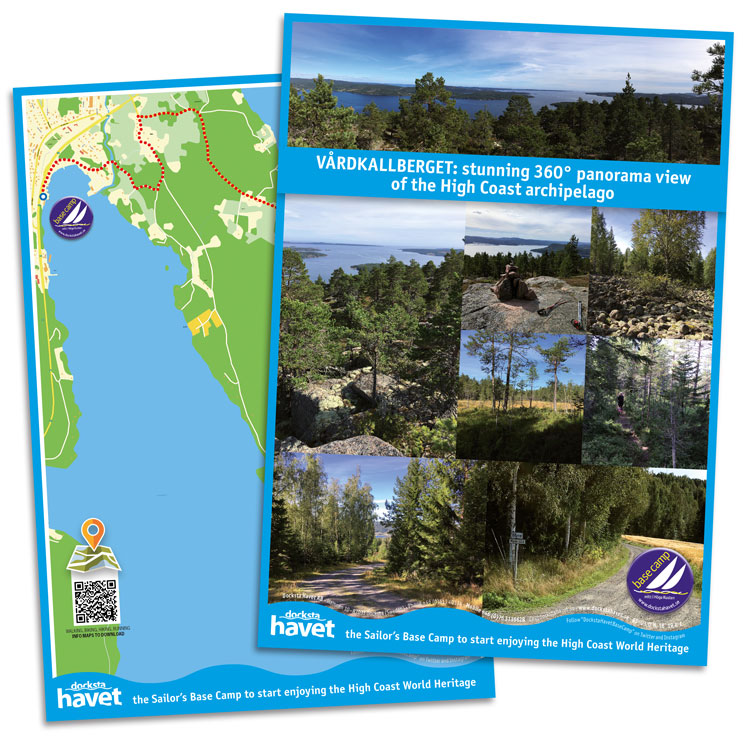















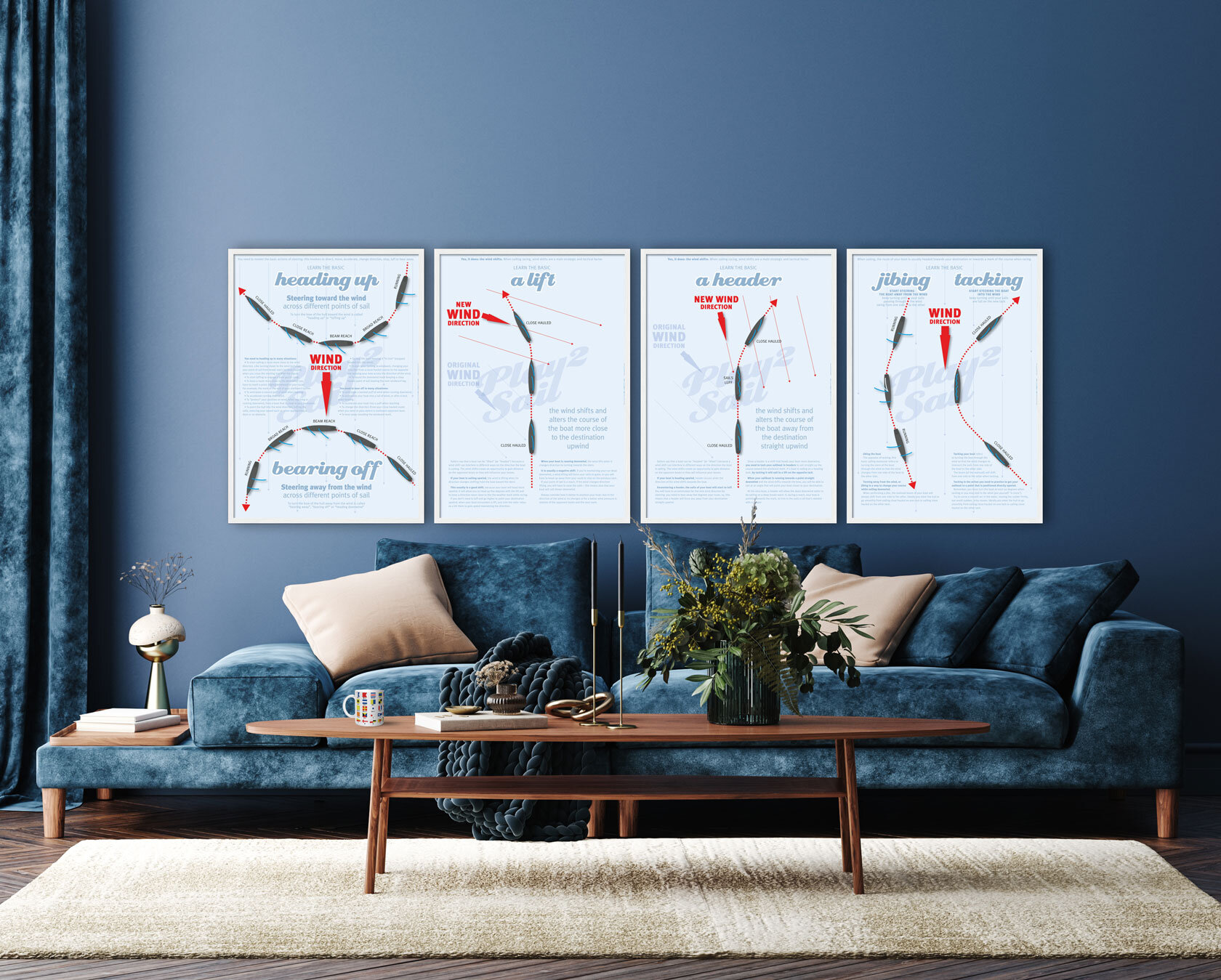



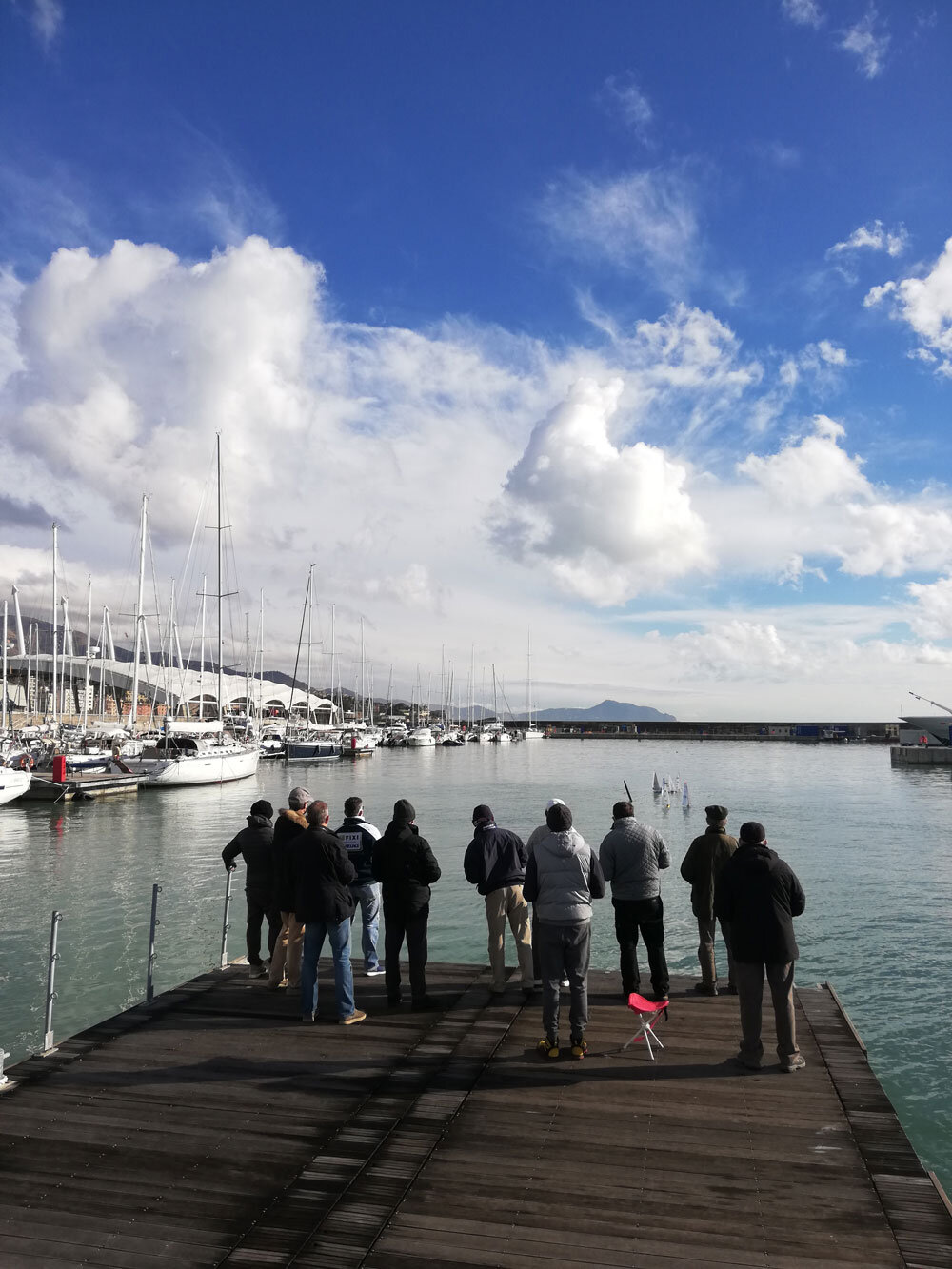
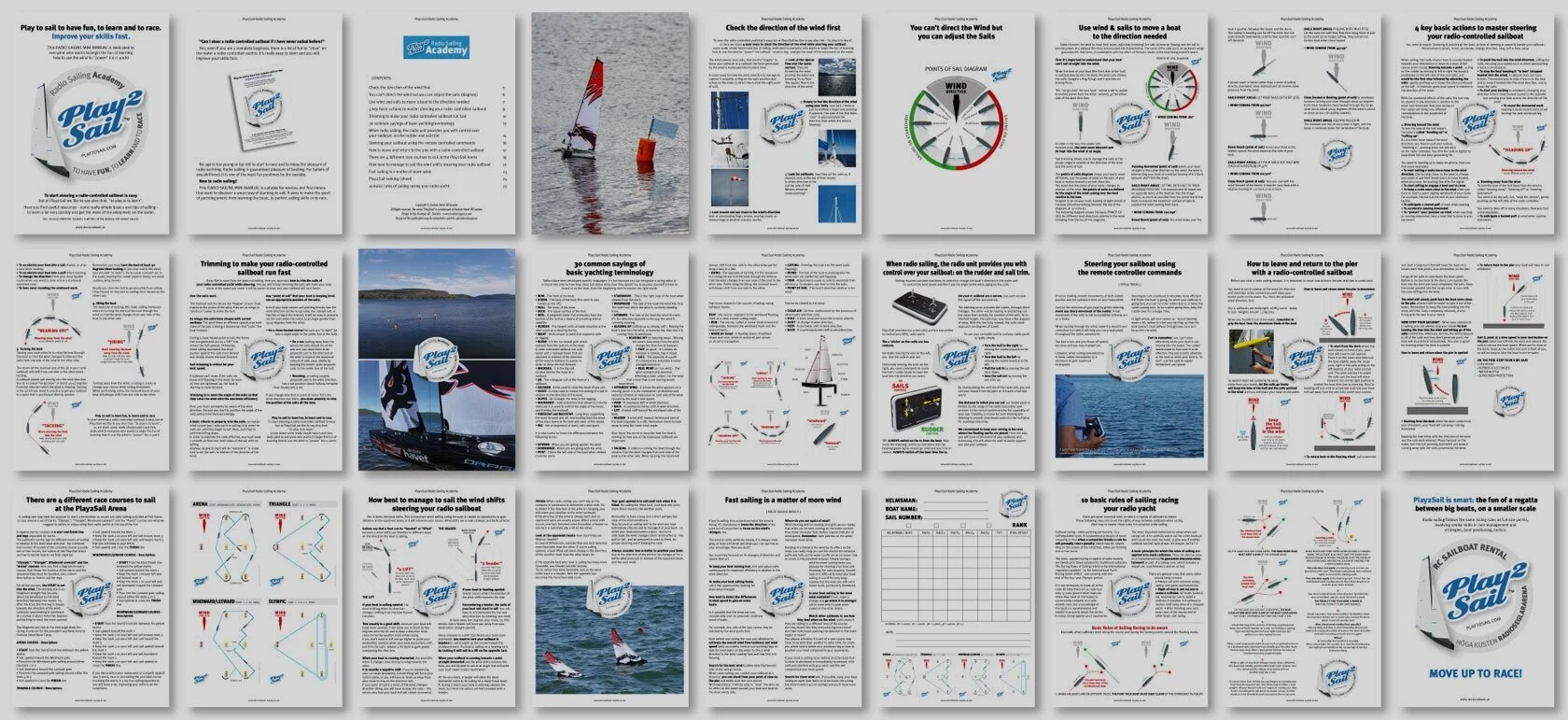

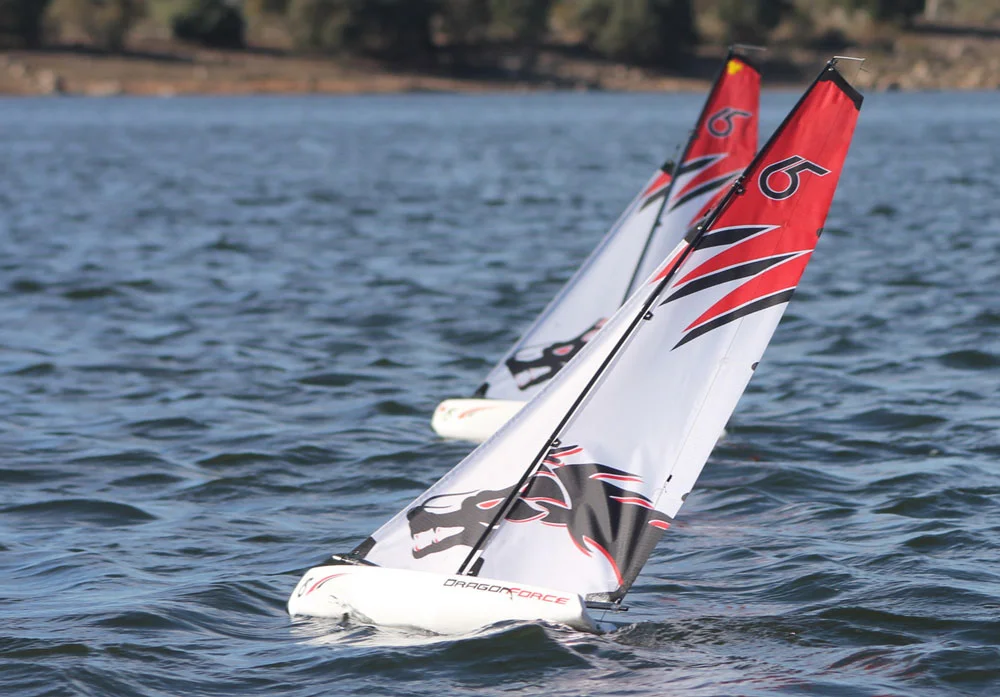















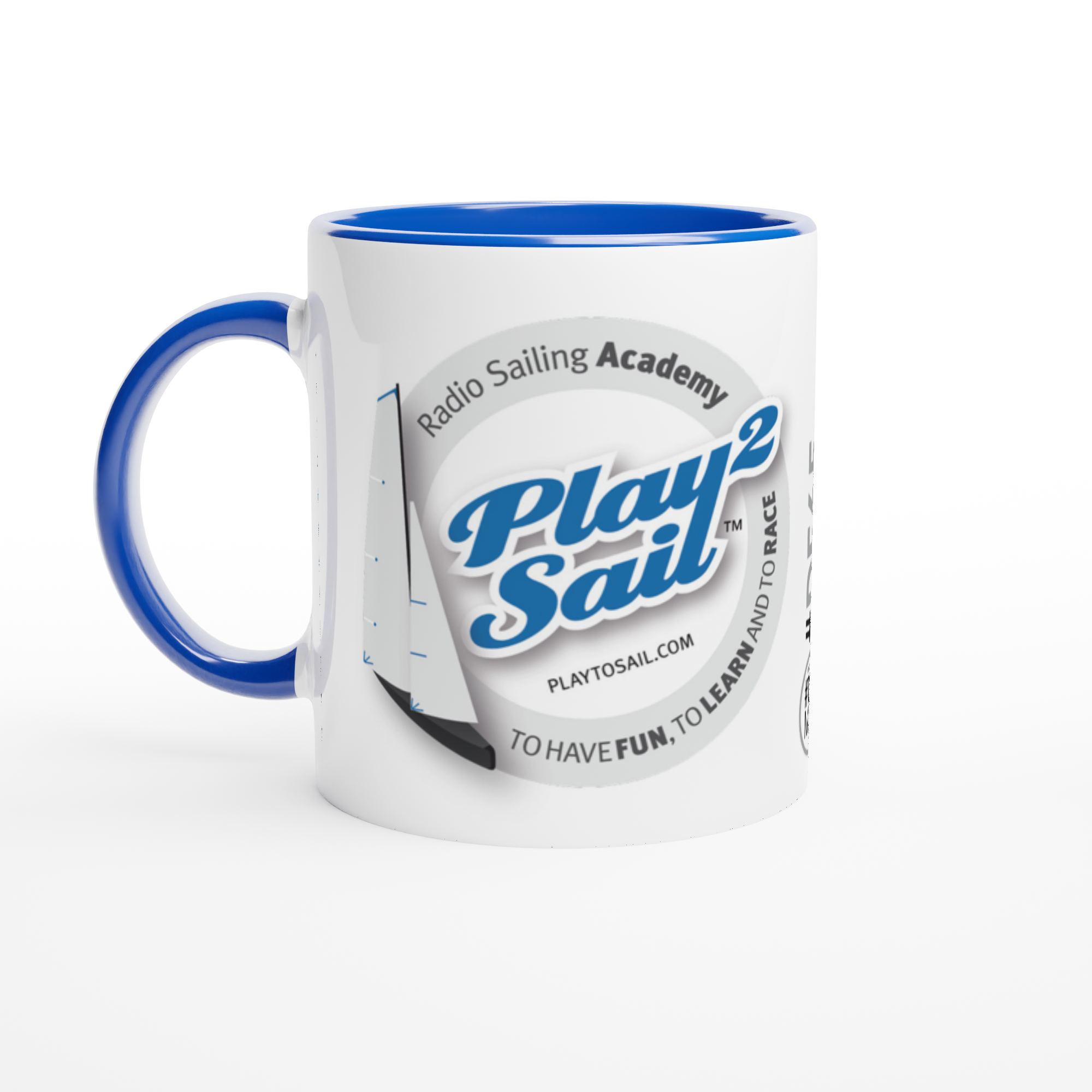


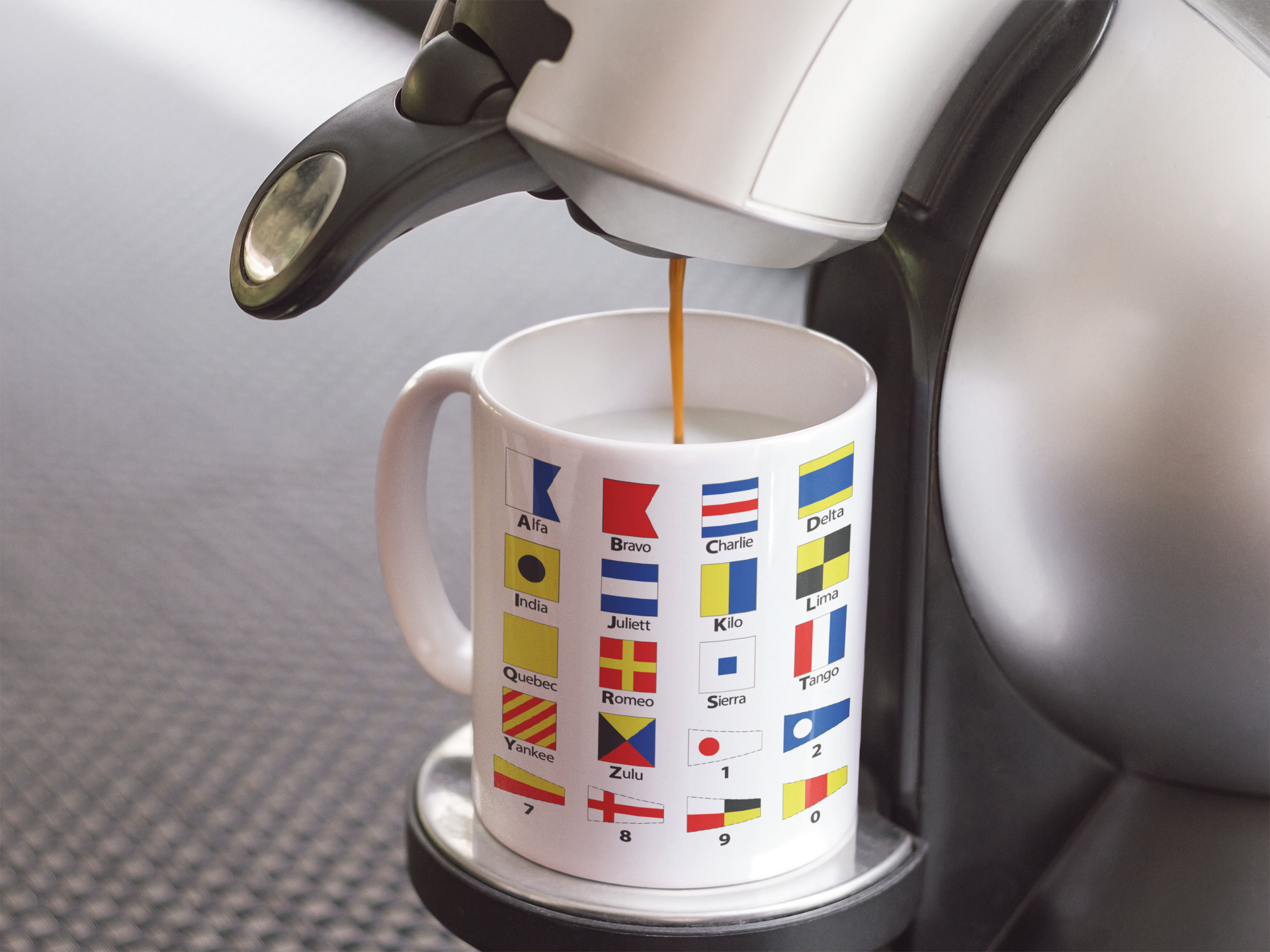
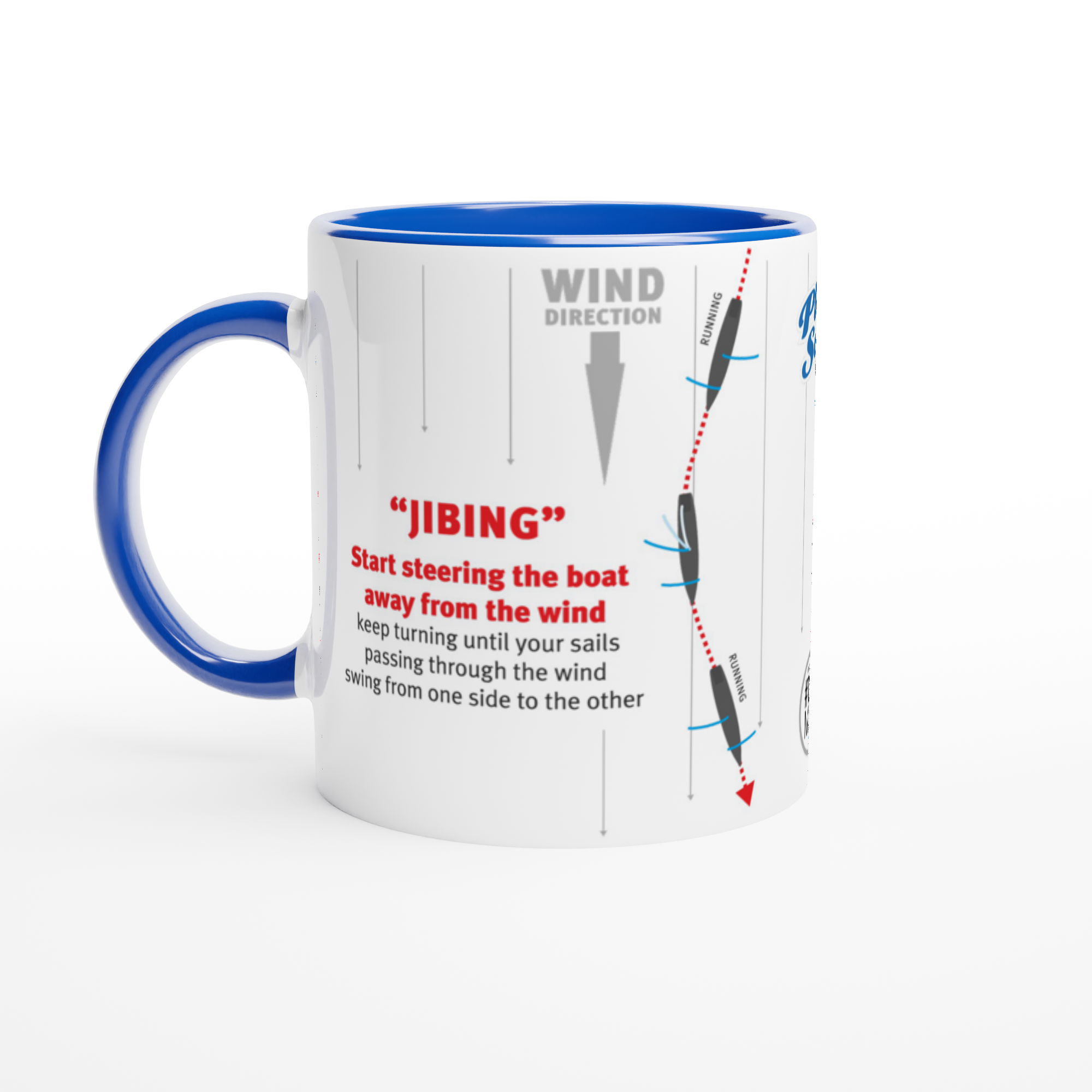
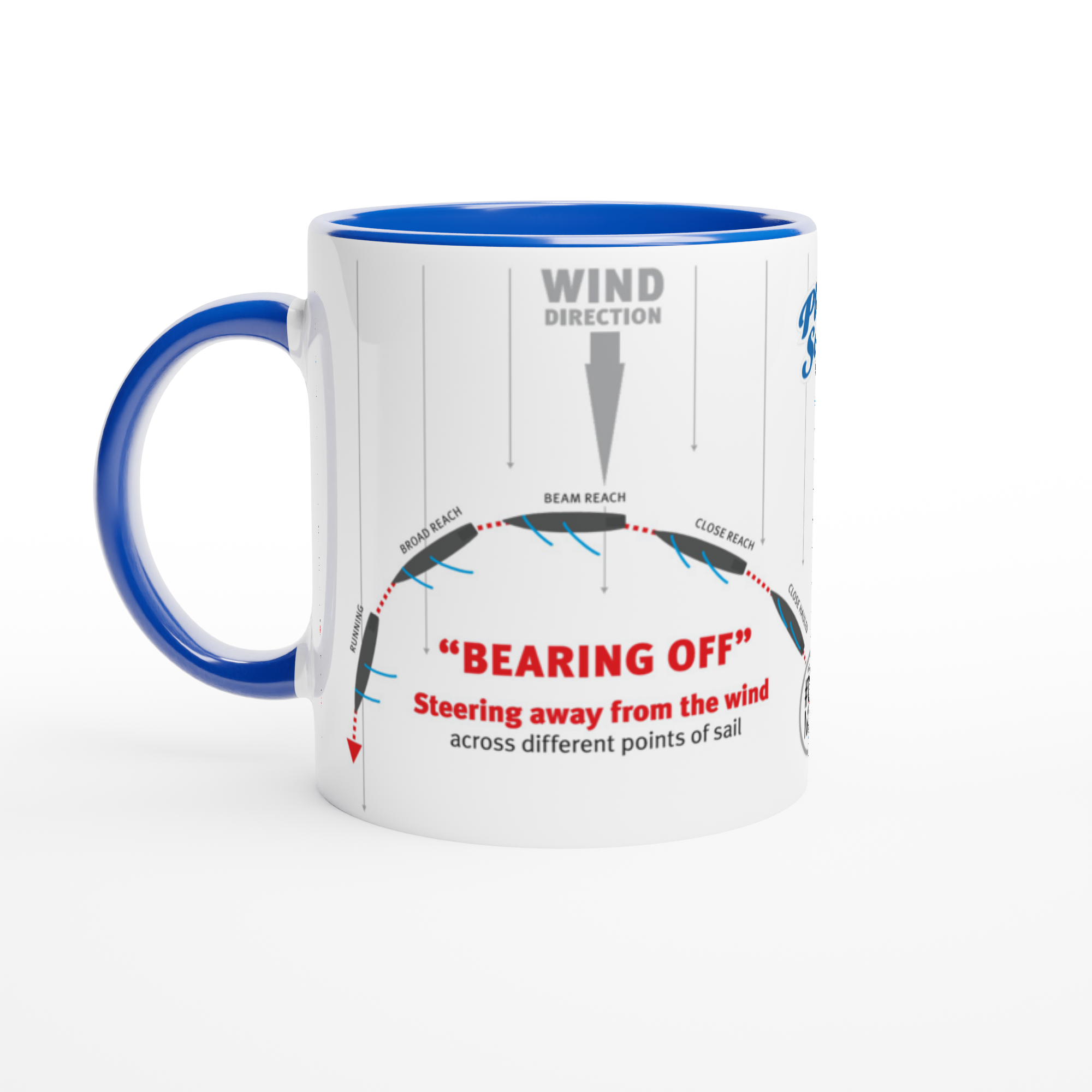

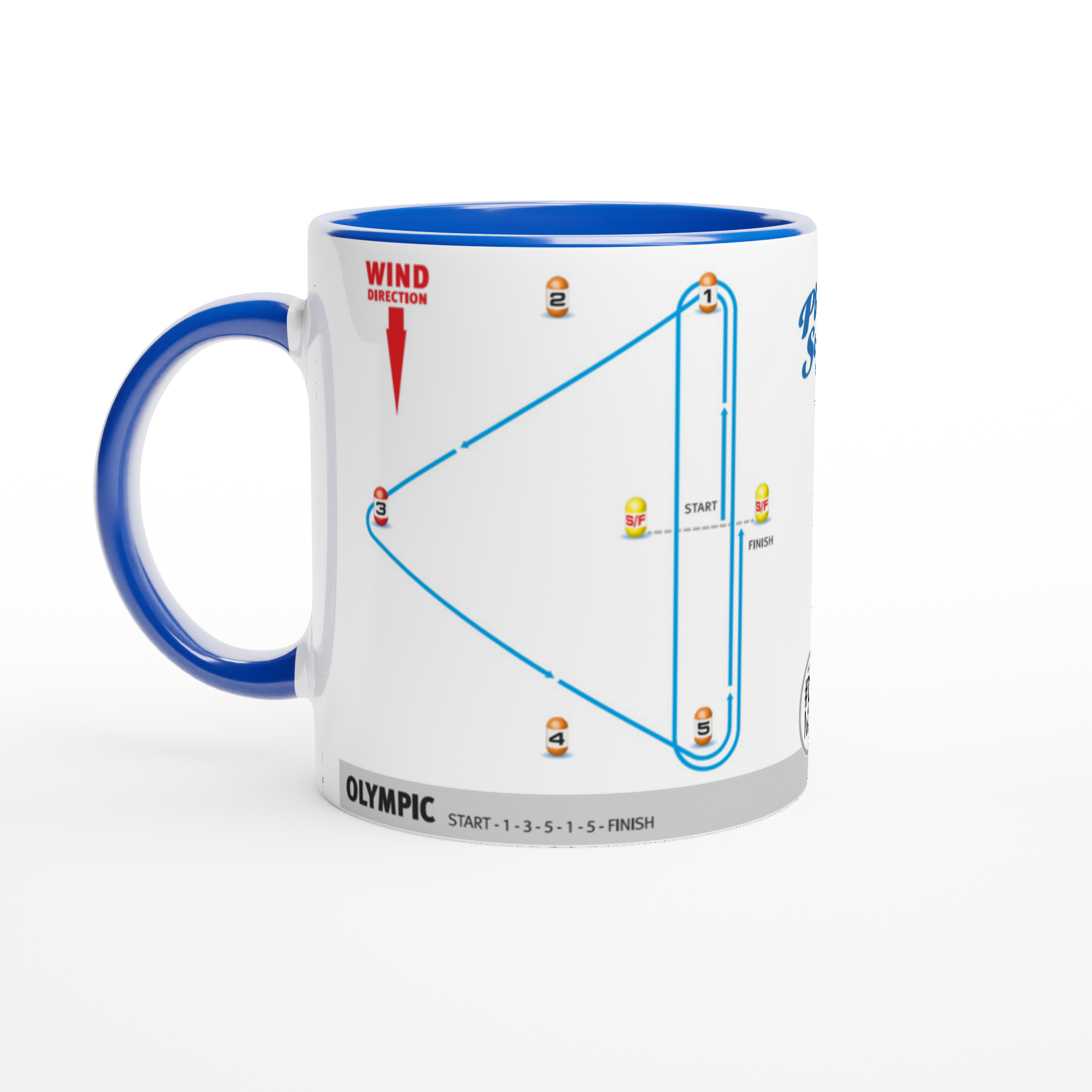
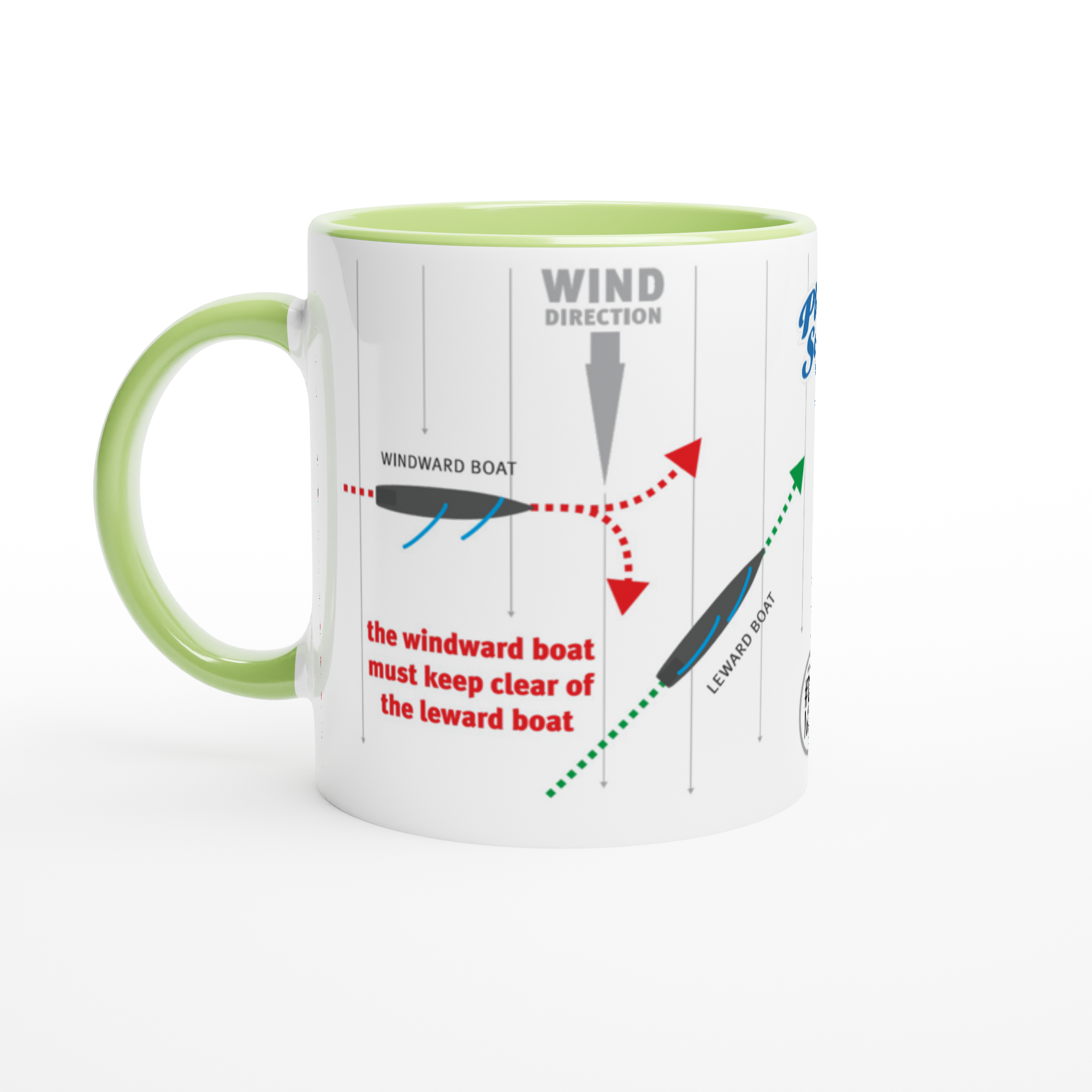


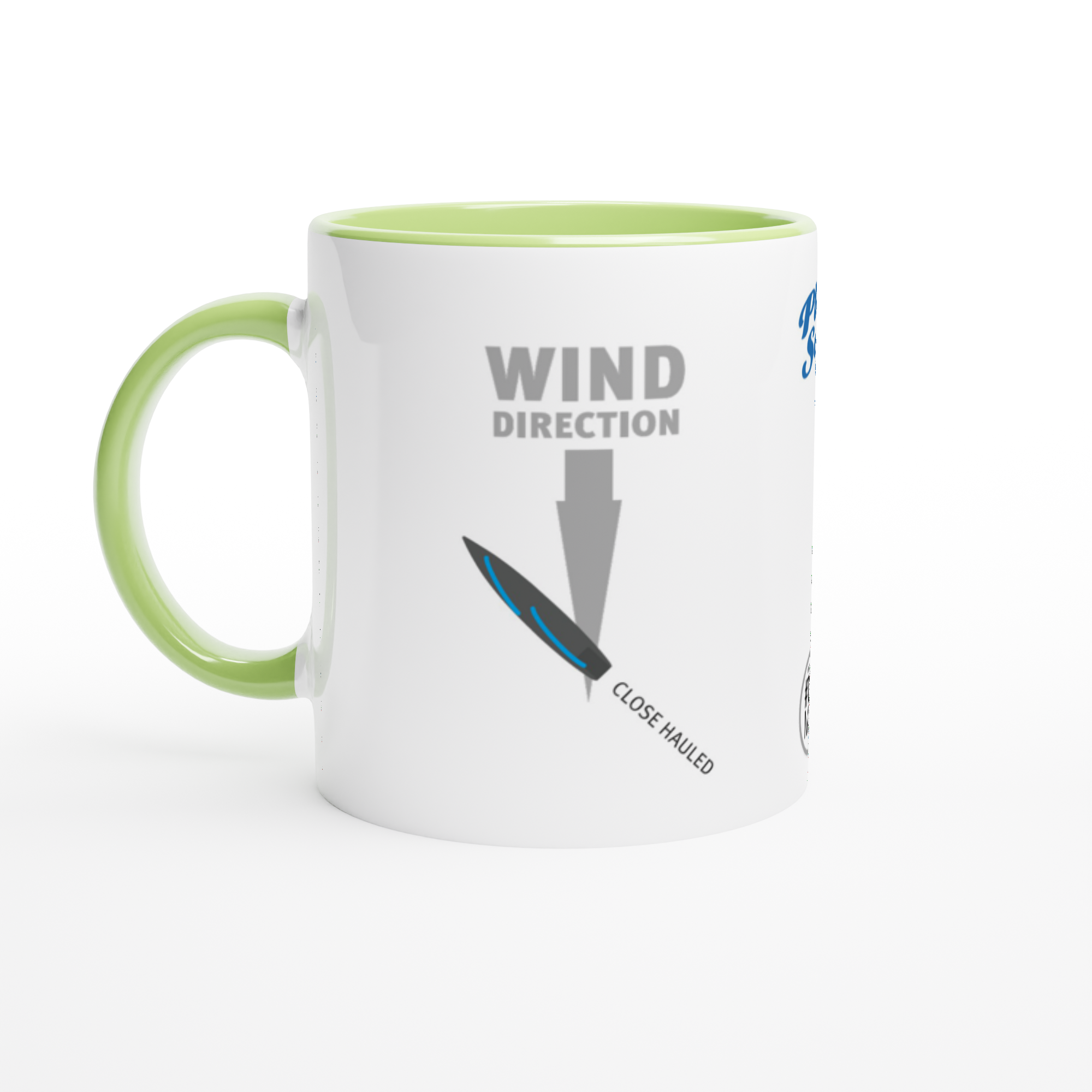
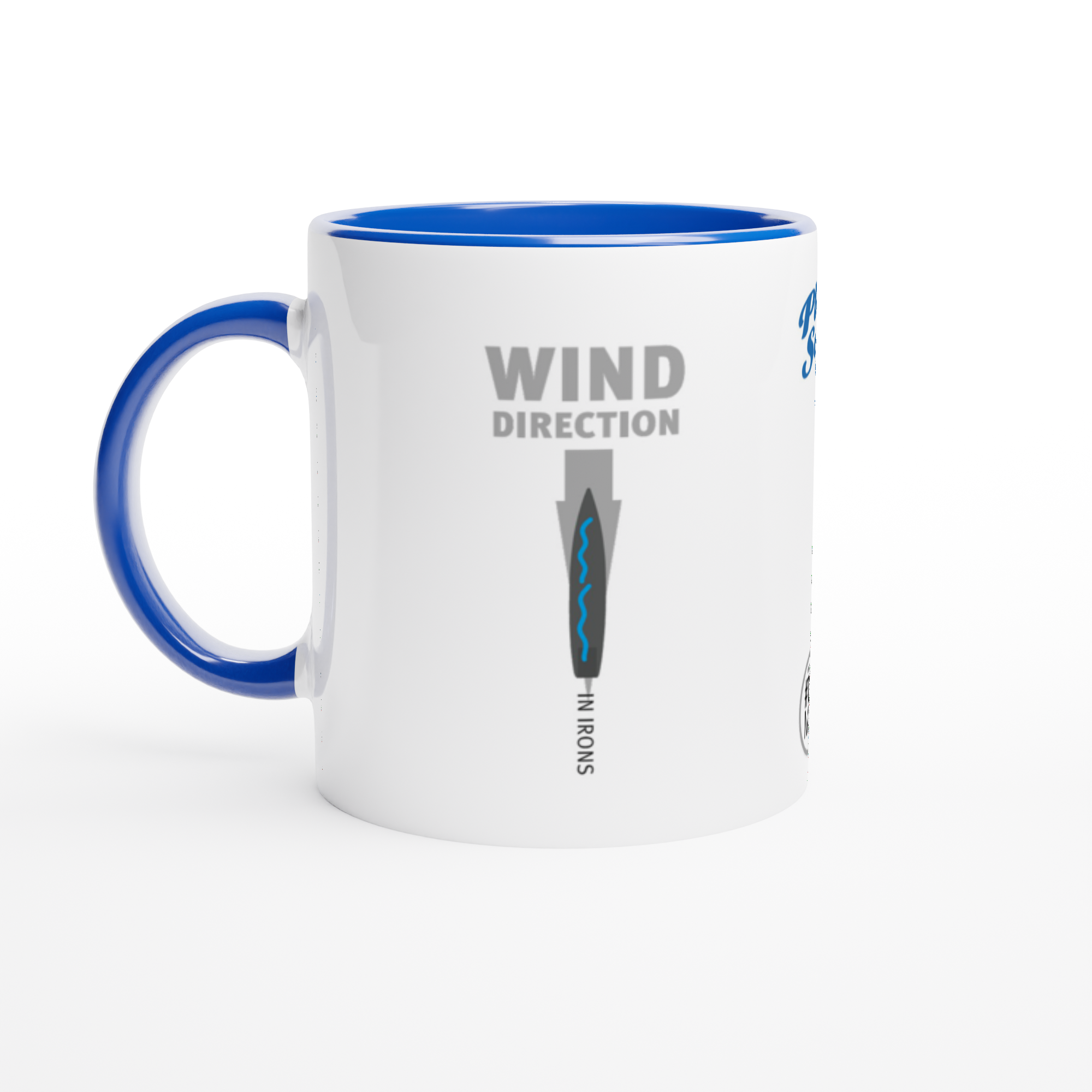
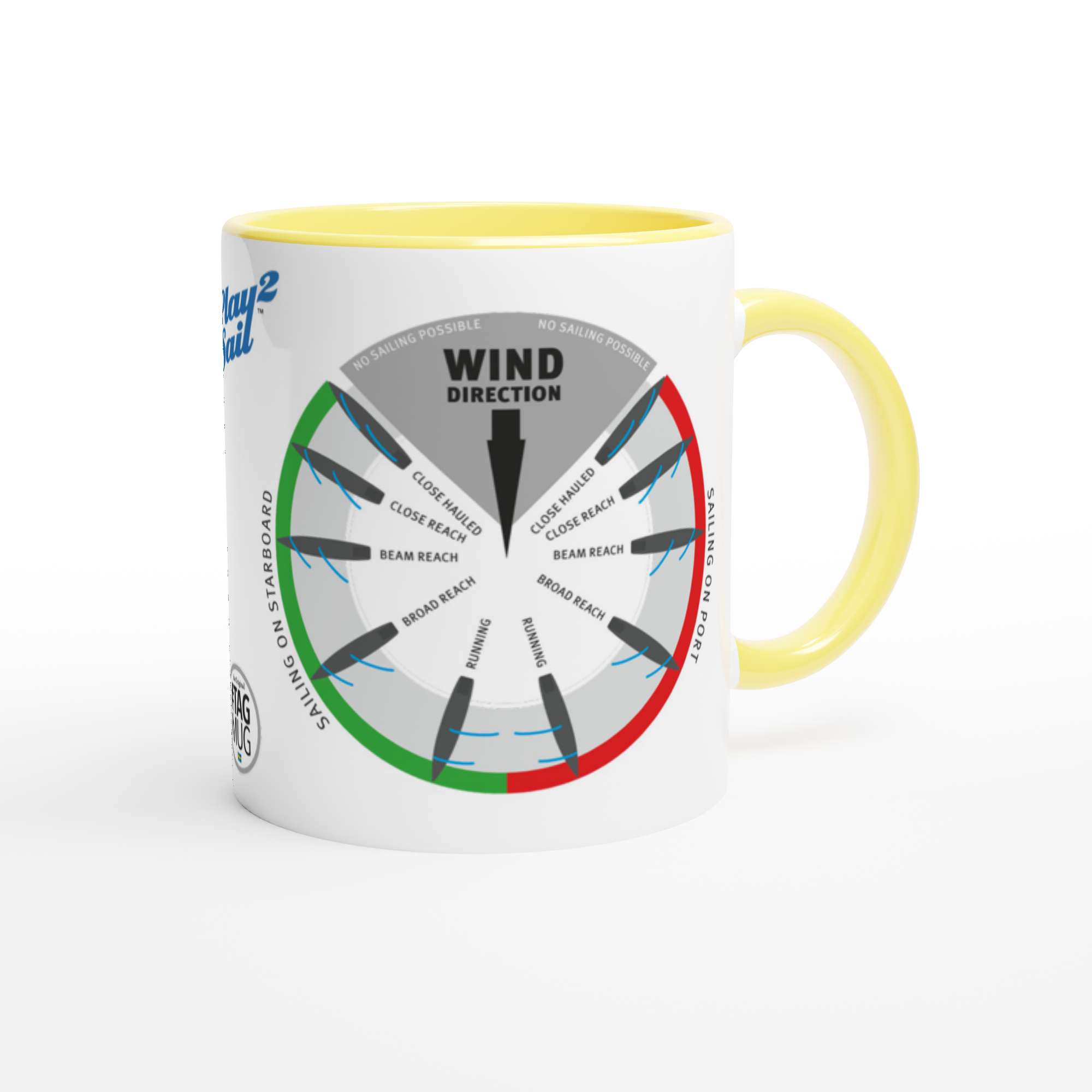
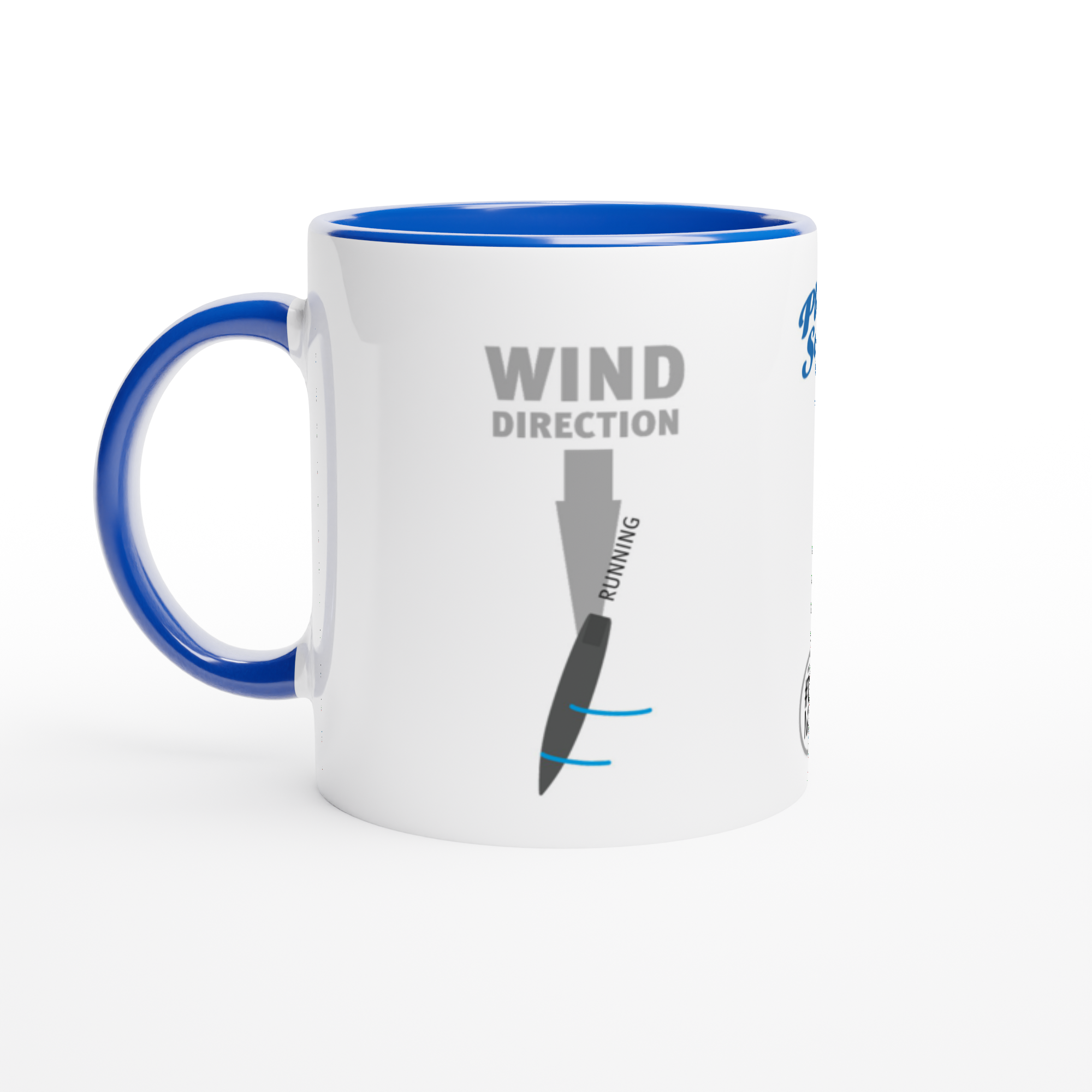
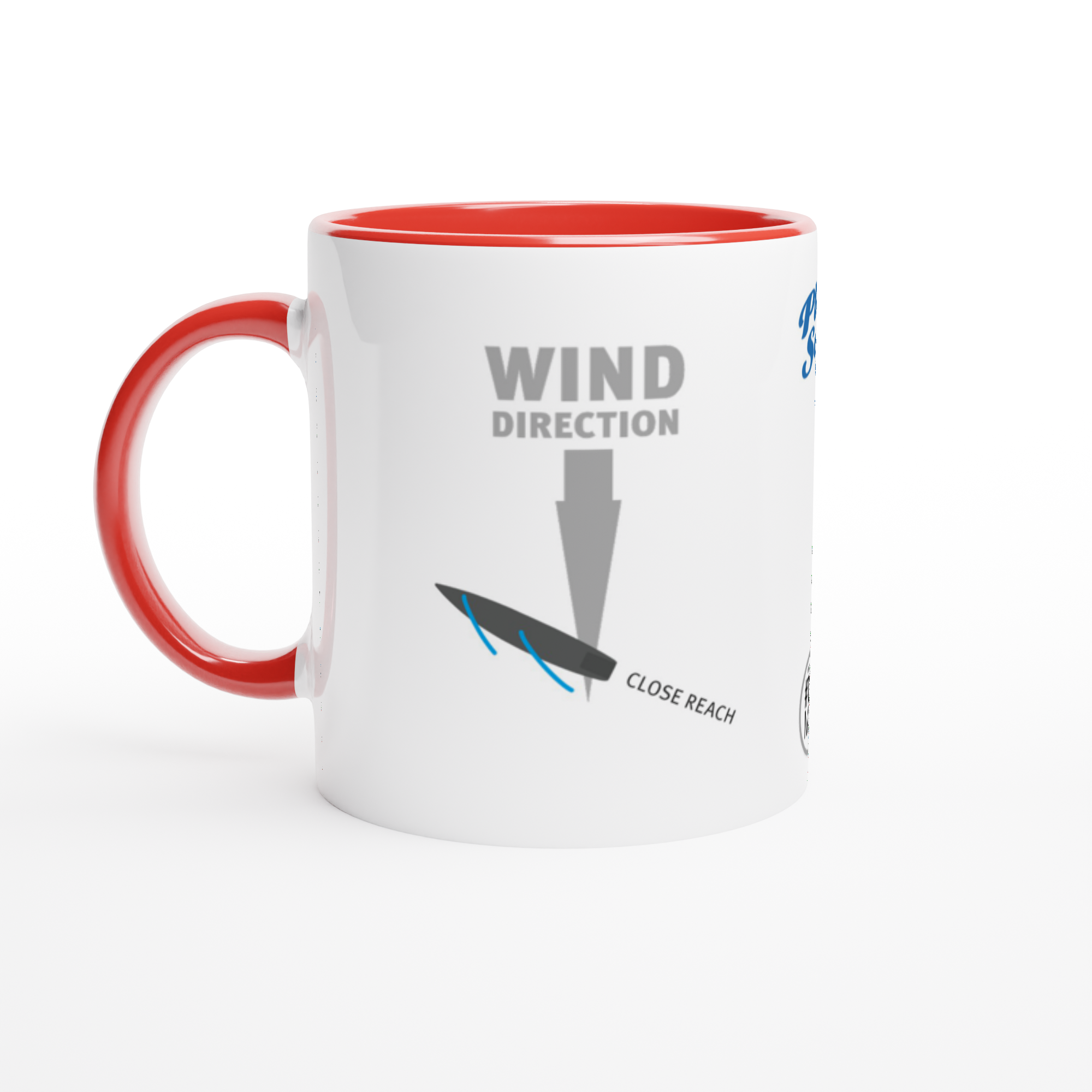
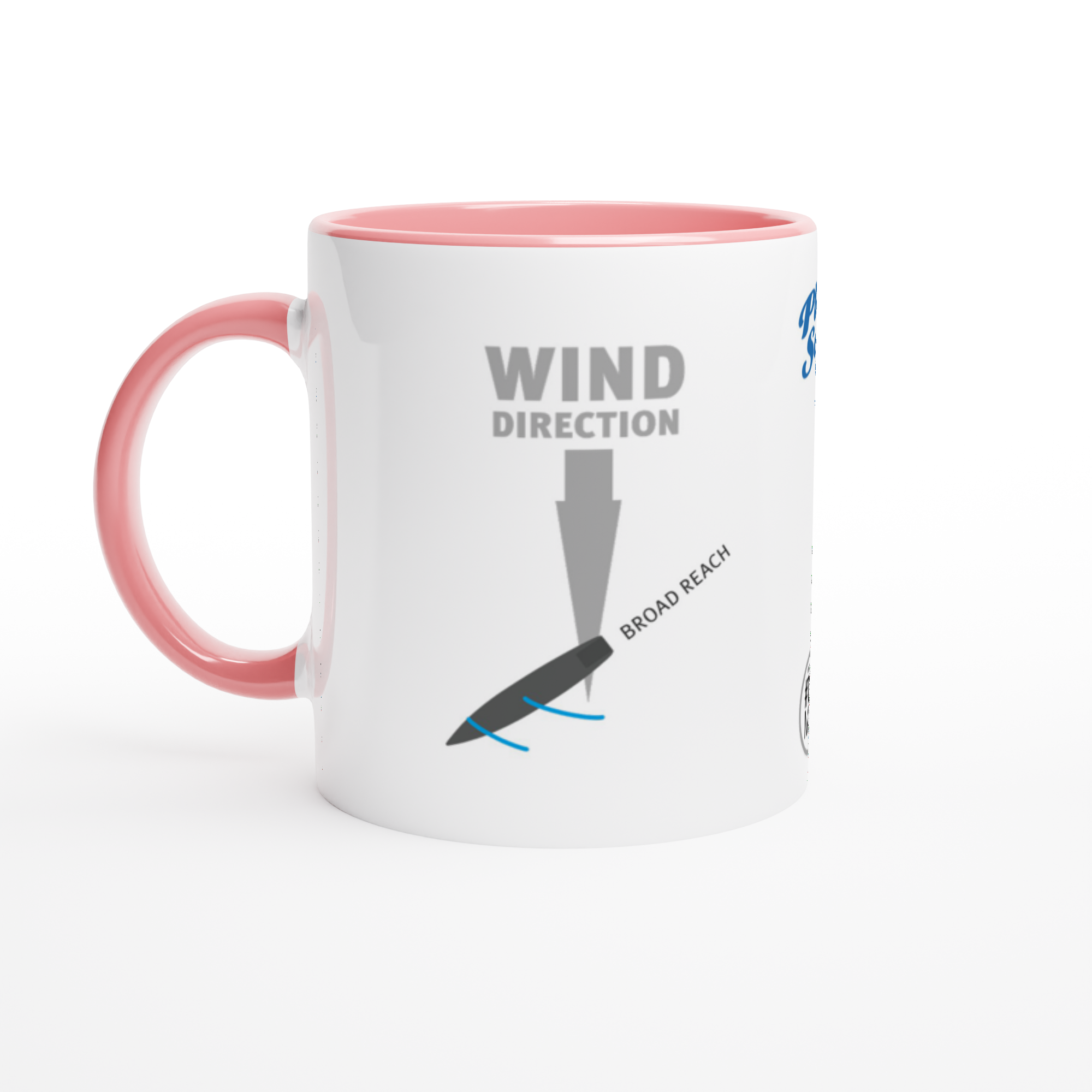



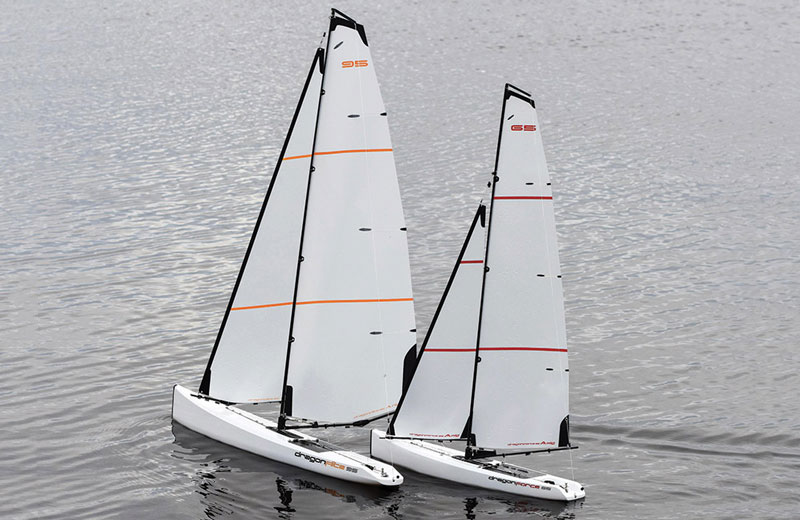
![Share your #SAILING passion with an original mug [#TAGMUG E-SHOP]](https://images.squarespace-cdn.com/content/v1/594e2defd482e9221abc3588/1614719029053-S4LWJ5DEIV6O1MWJDIUA/rc-sailing-mugs-collection-points-of-sail.jpg)
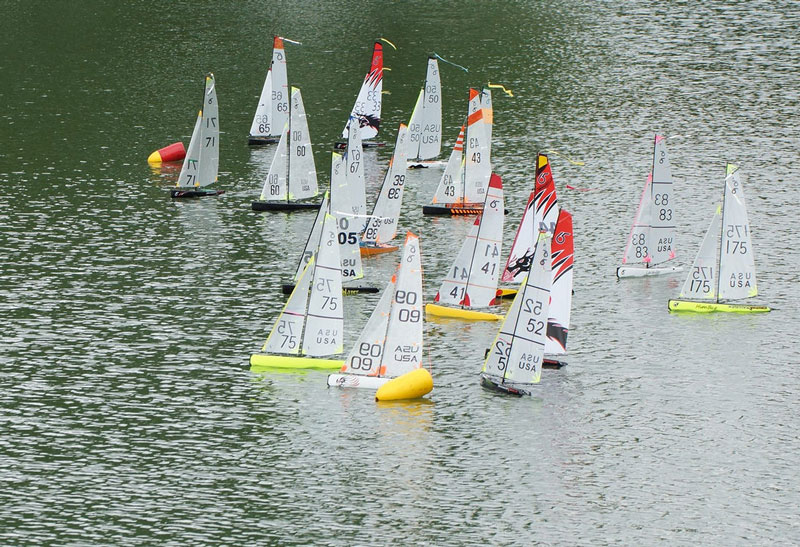



![Share your #SAILING passion with an original mug [#TAGMUG E-SHOP]](https://images.squarespace-cdn.com/content/v1/594e2defd482e9221abc3588/1614718922389-QQUJLBZD0ASAKYHBV11L/learn-how-to-sail-mug-design.jpg)












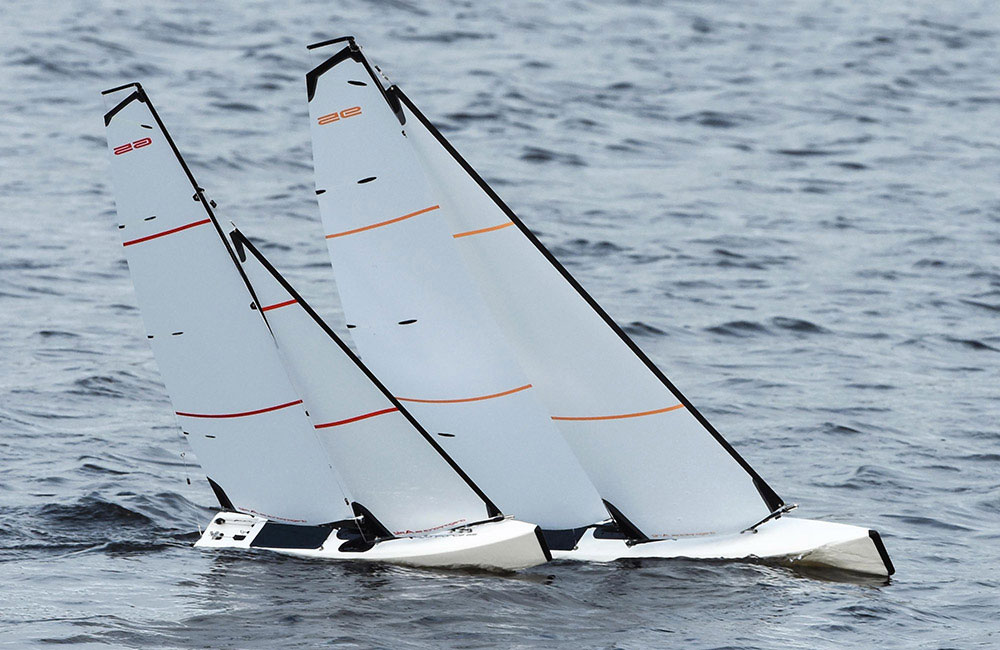


![Share your #SAILING passion with an original mug [#TAGMUG E-SHOP]](https://images.squarespace-cdn.com/content/v1/594e2defd482e9221abc3588/1614718808610-LMFFWWWZWA528CXYW1D5/rc-sailing-mugs-collection-points-of-sail.jpg)

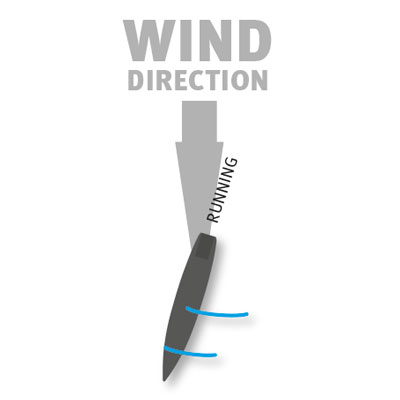
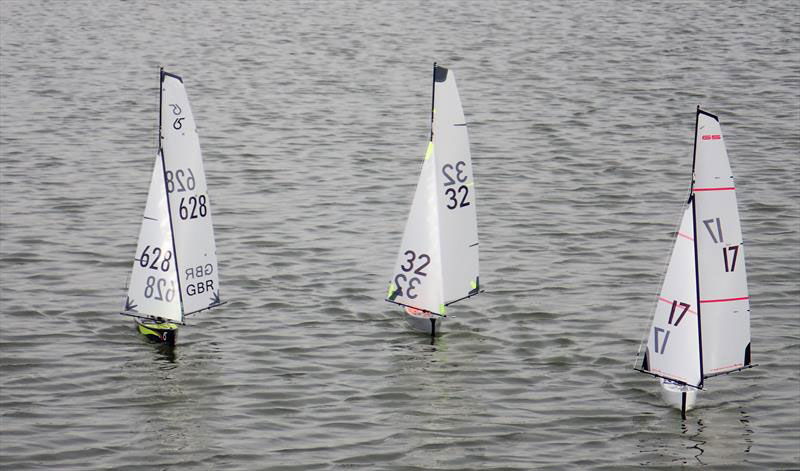





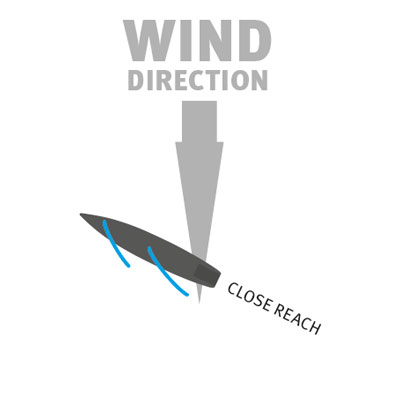
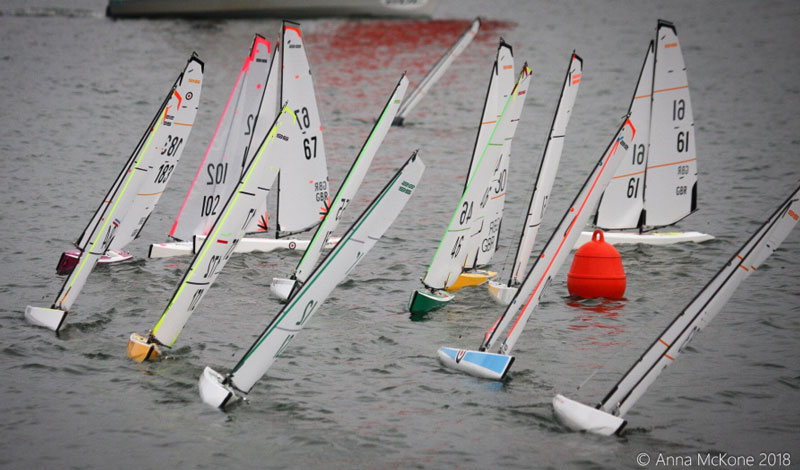




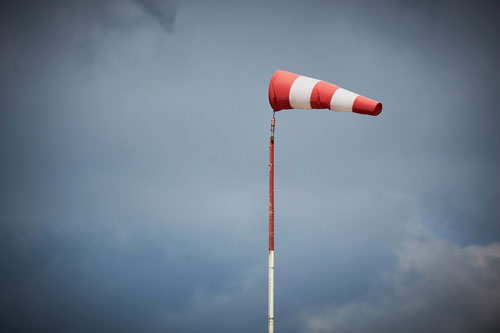
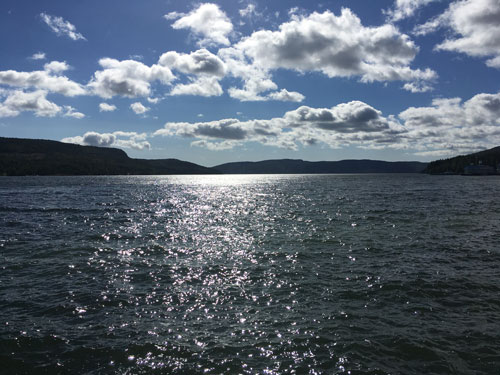
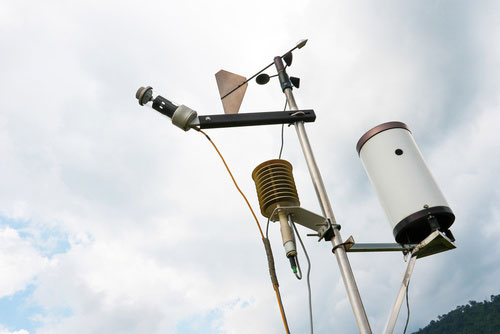
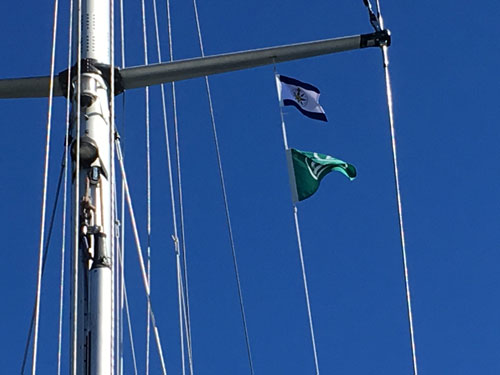
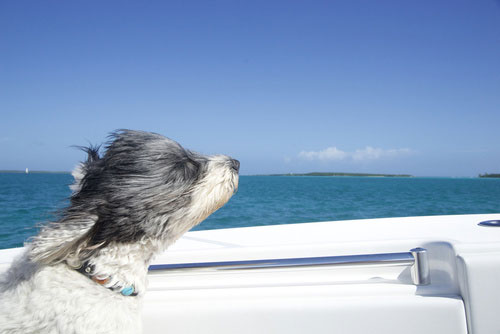
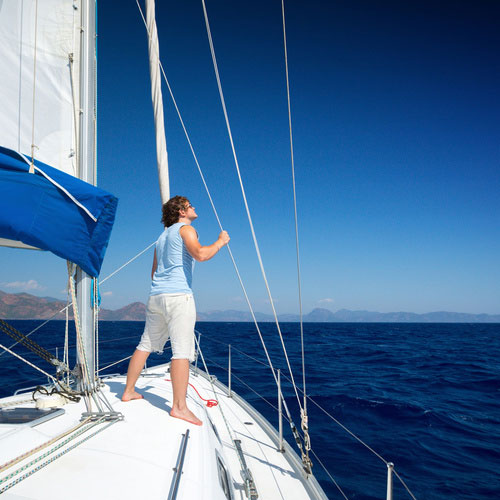
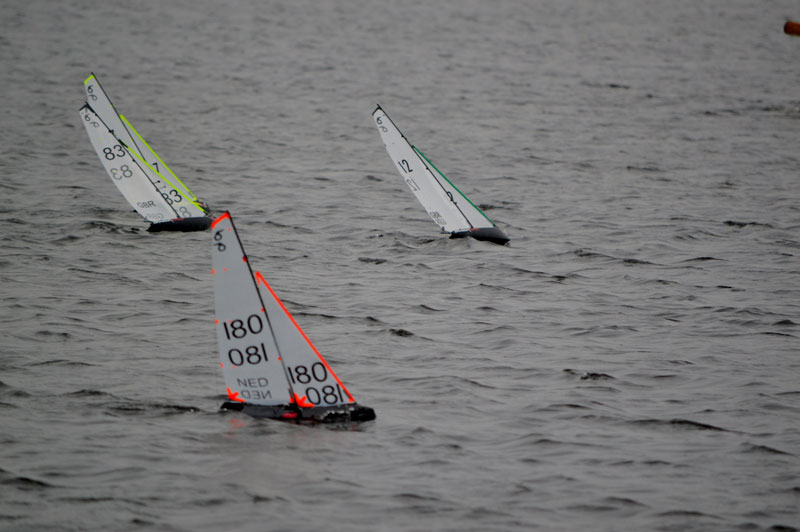
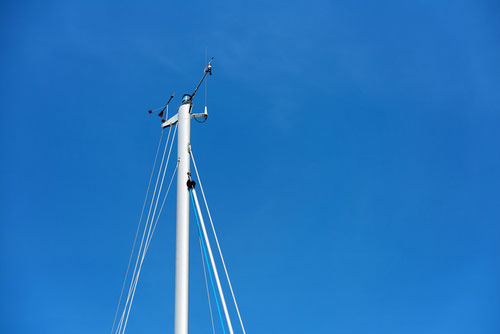
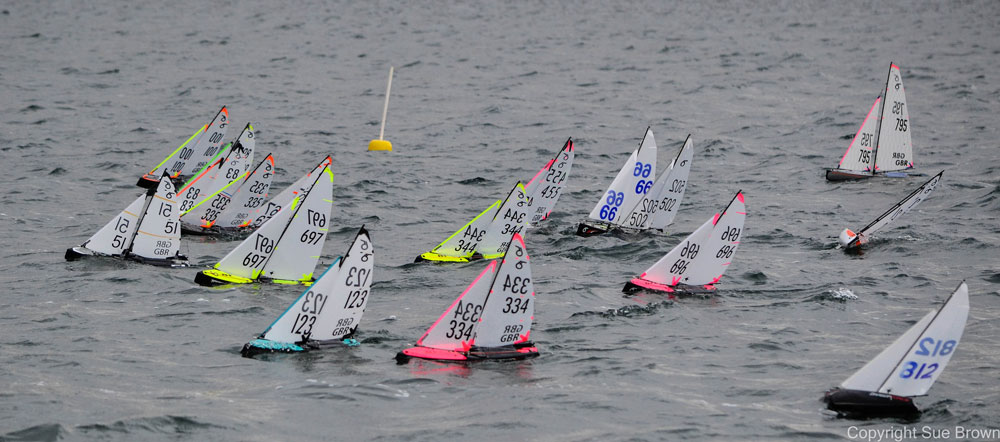
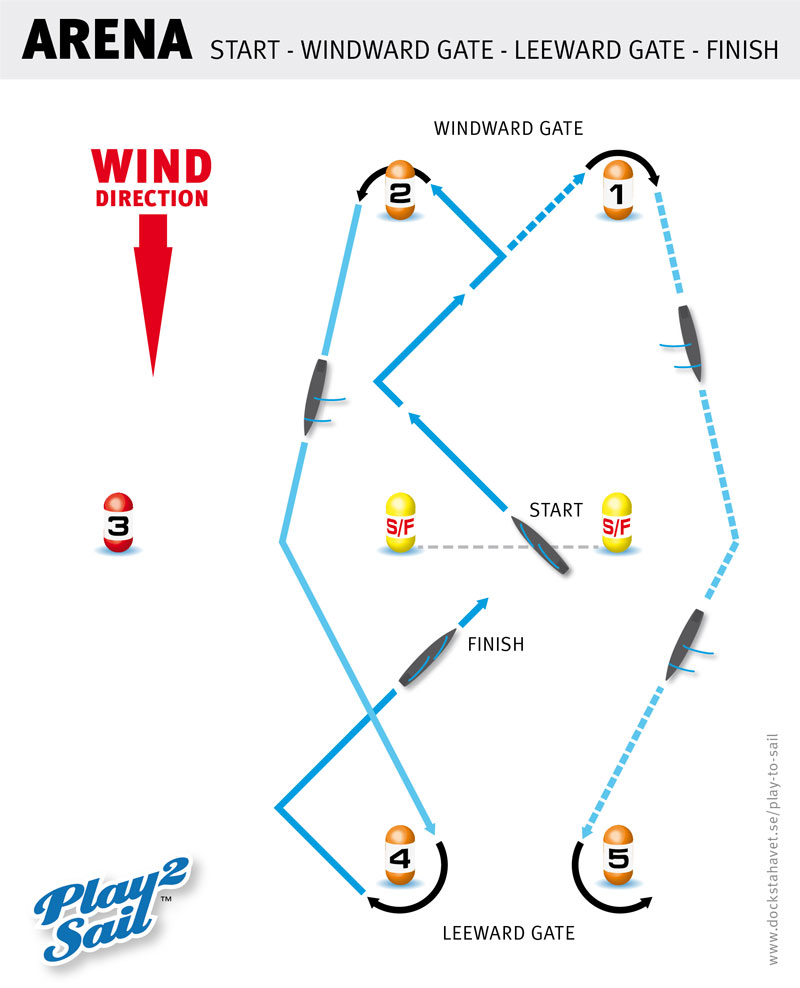



![Share your #SAILING passion with an original mug [#TAGMUG E-SHOP]](https://images.squarespace-cdn.com/content/v1/594e2defd482e9221abc3588/1614718713634-9MZAQNL35U0Z5DDDC7MA/sailing-racing-courses-ceramic-mugs-collection.jpg)


